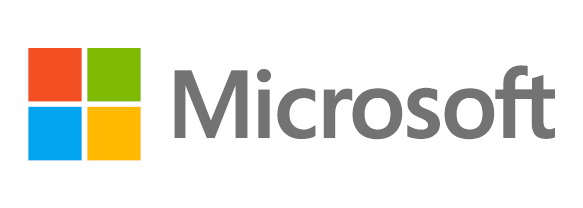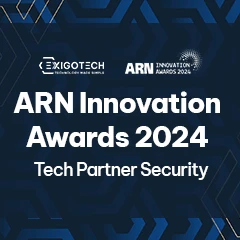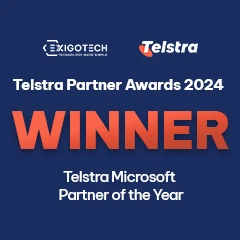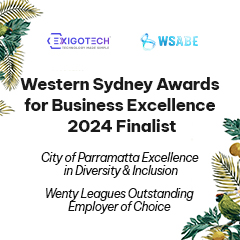Cloud and cloud computing are becoming mainstream for many Australian businesses. A report from Deloitte states that with the adoption of cloud services, Australian corporates have experienced a 42% increase in productivity which has benefitted the economy of $9.4 billion over the last five years. And due to businesses’ inclination towards the cloud services and the variety of requirements the corporates have for the cloud, the concept of hybrid and multi-cloud is coming in vogue.
First of all, let’s differentiate between hybrid cloud and multi-cloud. With hybrid cloud, you are able to exercise more control over your IT stack. They are often a mixture of public and private clouds both and also if there is a requirement, these components, work together as well. Kubernetes is the one that is binding these clouds.
Whereas in multi-cloud, public cloud and private cloud will be working differently from each other. The multi cloud comprises on-premise physical, virtual and private clouds. Many companies have both the strategies in place since the requirement for storage and cloud computing is soaring high.
Having understood the basic difference between them, let’s dig deep into hybrid cloud and also understand the parameters to be ticked while creating a hybrid cloud strategy.
Build an efficient hybrid cloud strategy to achieve desired business outcomes
Hybrid cloud means a combination of private and public cloud and this whole model when implemented might result in several complications. To avoid the roadblocks, take note of the points mentioned below:
-
Get a POC done:
A thorough POC will determine the success of your hybrid cloud. You can begin by checking changes in the hardware for cloud deployment. It might happen that your private cloud a service provider offers services on a more advanced infrastructure from the one you might be using currently. Also, calculate the differences and have a look at the bandwidth requirement. You can use the sandbox testing method to choose a proper alternative for optimising your public cloud environment. The next step is to figure out the place for storing your data. Decide whether you want your data to stay on the public cloud or on-premises or on both. Lastly, you need to test the POC environment for resiliency and failover. Run every operation multiple times to ensure its proper execution even during a disaster.
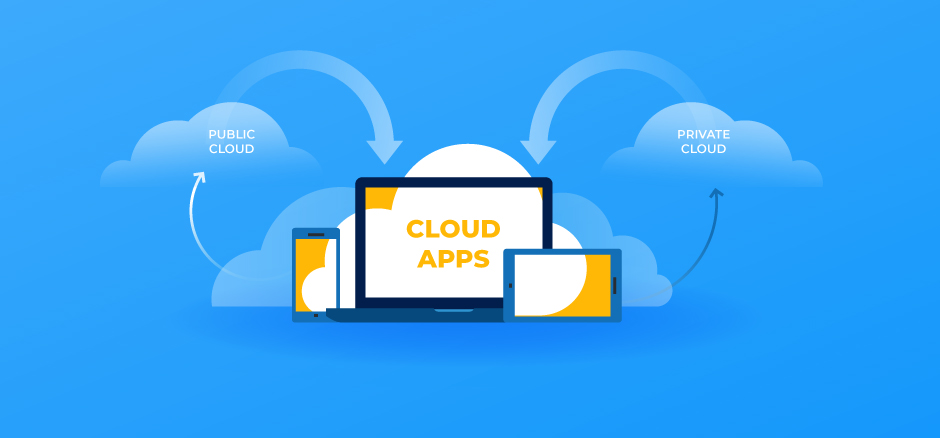
-
Choose which apps will reside in the public cloud and private cloud:
Determine the number of apps you will host on the public cloud and on the private cloud. You can base this decision on several factors such as cost, operational efficiency, compatibility and others. Once that is finalised, focus on designing APIs that will ensure smooth communication between these apps. Get a load balancer to support the components on private and public clouds and test them to determine their performance.
-
Set automation alerts to regularly monitor your hybrid cloud:
Define certain parameters to evaluate the performance of the hybrid cloud. You also need to continuously visit these parameters and change them to suit your businesses’ varying requirements. Employ automation practices to send you alerts in case of any failure. Be smart while deciding which parameters you will get alerts for, because if you set alerts for trivial things you may miss out on crucial ones.
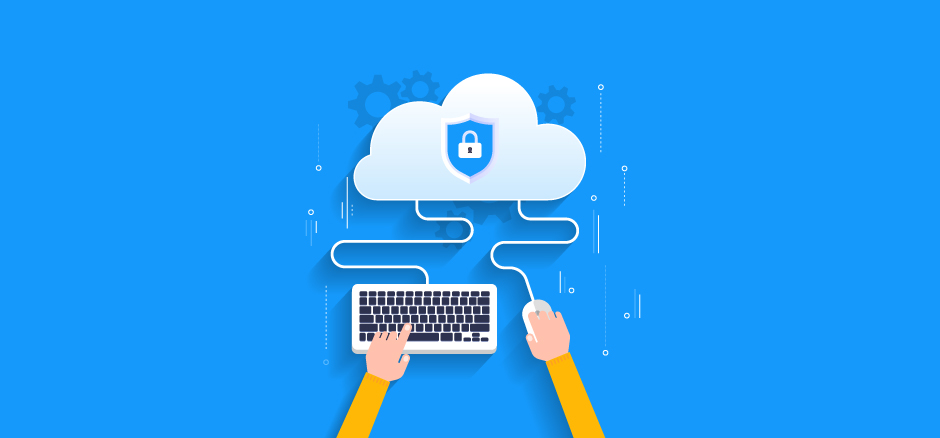
-
Ensure that security measures are in place:
Once you are done with the POC and load division, focus on the security measures to assure that there are no loopholes. Have a brief discussion with your cloud service provider to understand where their job will end and from where you need to pick up. Deploy a zero-trust security model or get DevSecOps for automating security checks in your hybrid cloud environment.
Creating a hybrid cloud strategy allows you to achieve flexibility, security, agility and ease of customising your IT solutions. However, there is a lot that is required to tailor a successful hybrid cloud strategy. And, it might intimidate you if you or the IT team doesn’t have the relevant experience. In such situations, you can rely on pioneers such as Exigo Tech. We have been helping Australian corporates achieve desired results by using the latest technologies. To discuss your concerns with us, give us a call on 1300 EXIGOTECH (394 468) or email us at .
 Australia
Australia Singapore
Singapore Philippines
Philippines India
India
 Vivek Trivedi | Nov 21, 2019
Vivek Trivedi | Nov 21, 2019





